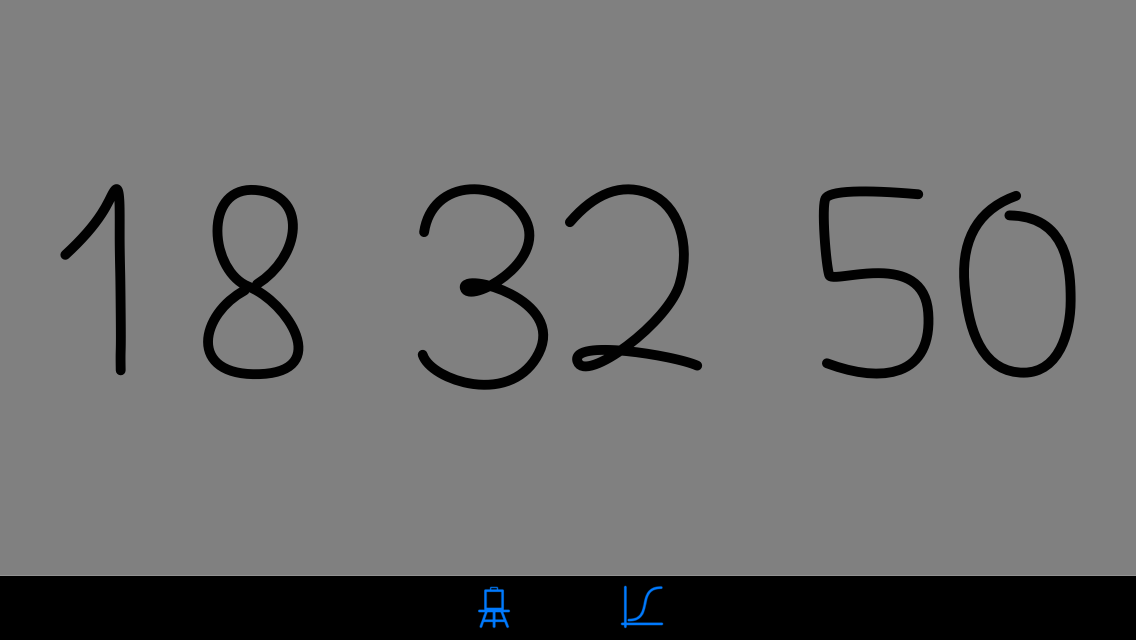In a typical OS X application, UI elements are often created in Interface Builder and stored inside the application bundle, in the form of one or more nib files. Bundles are central to Apple’s application ecosystem, and the documentation on them is extensive: The Bundle Programming Guide and Code Loading Programming Topics, for example, describe how to create frameworks and application plug-ins, how to load code and resources, and on and on. Impressive, but rather daunting, and the examples they provide often obfuscate the basics. This post shows a very simple example of how an “external” bundle can be loaded on demand, and provide functionality and UI elements to the main program. This is a detailed, step-by-step tutorial that explains a fairly simple use of bundles, so the intended audience is Cocoa programmers who have enough experience to create custom window or view controllers, but who have not yet dealt with creating or using bundles that are created separately from the application.
Code for the projects can be found on github.
Continue reading Cocoa: Dynamically Loading Resources From an “External” Bundle
